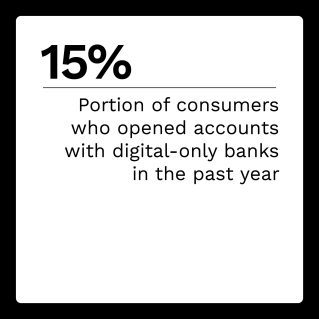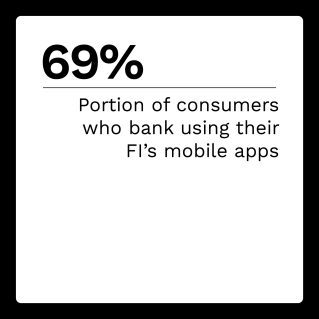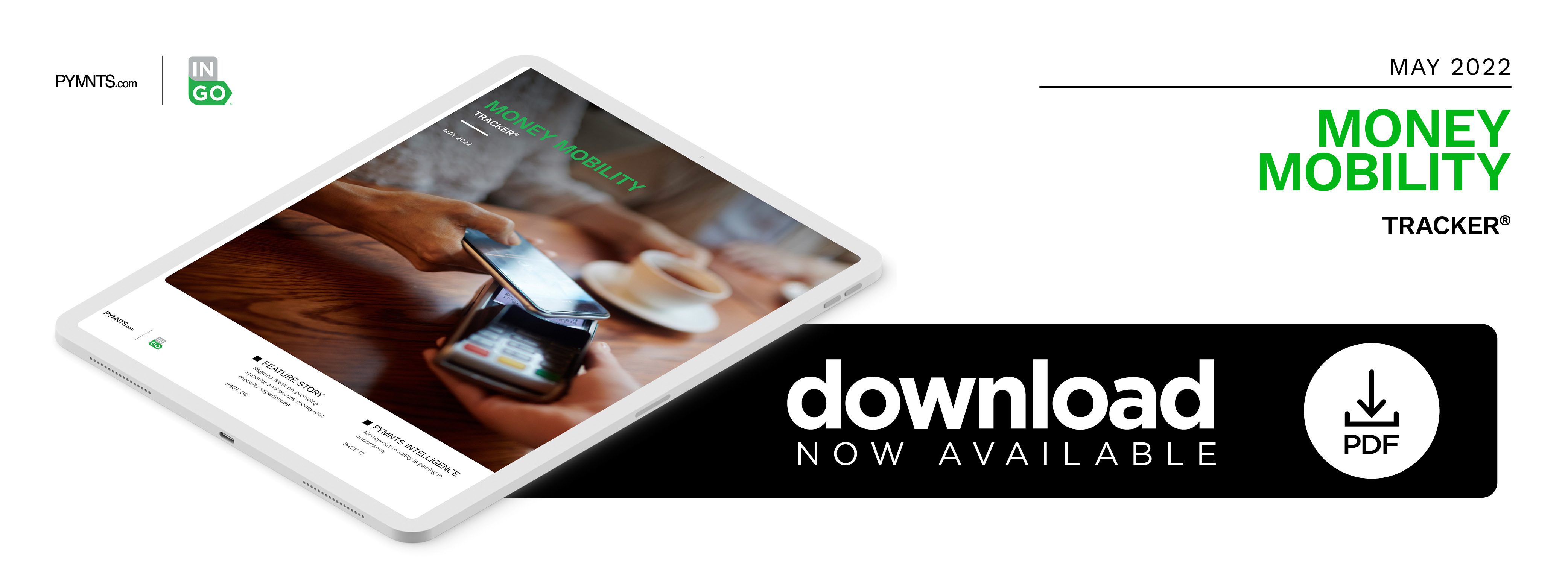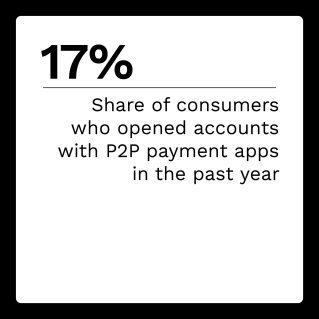FIs Now See Transparency, Accessibility Key to Money-Out Mobility

Financial services providers face many choices when determining the best way to offer customers money-out mobility, and the temptation to lean too heavily on in-house solutions may cause some to overlook the benefits of partnerships. Lack of familiarity with the work that comes after a solution has been developed and implemented can cause some to underestimate the value of working with an organization that has already traveled that road and worked out many of the difficulties faced with maintenance and operation.
Part of the struggle is ensuring that a money-out mobility solution does more than simply check all the latest digital banking boxes. A digital banking solution may appear to have everything needed on paper but may not provide the optimal customer experience that will help to retain and recruit consumers. While speed and convenience are important, security also ranks highly as a consumer concern for money-out mobility. Fifty-two percent of surveyed consumers expressed concerns regarding the security of their online transactions, and 42% said their concerns had grown in the past year. As more and more consumers turn to online banking applications for their daily banking needs, the desire for fast, secure and low-friction money-out mobility solutions is only likely to grow.
In this month’s Money Mobility Tracker®, PYMNTS examines how financial services providers need to ensure that their solutions provide the best security and superior customer experiences.
Around the Money-Put Mobility Landscape
Financial institutions (FIs) face pressure to ensure their deposit solutions meet a wide variety of consumer needs to keep up with the growing competition in the digital space. By the end of 2021, consumers could choose from more than 10,000 FIs offering deposit accounts, and FIs are no longer restricted to regions where they have a physical presence.
While a small number of larger institutions still dominate the deposit account space, the proliferation of digital banking tools and platforms has opened up greater opportunities for smaller institutions to define themselves as viable alternatives.
While consumer monitoring of accounts and transactions remains one of the most important aspects of catching fraud, 44% of surveyed U.S. consumers say they spend less than 10 hours each year checking their accounts for transactions they don’t recognize, and 25% spend less than an hour a year on that preventative task. At the same time, U.S. consumers are among the most likely to be targeted by bad actors for fraud, and U.S. consumers lose $265 on average to fraudulent charges every year. Additionally, U.S. consumers are the most frequent victims worldwide of debit card fraud and among the most frequent victims of credit card fraud, banking fraud and digital payment fraud.
For more on these stories and other money mobility developments, check out the Tracker’s News and Trends section.
Regions Bank on Providing a Smooth and Secure Money-Out Mobility Experience
Consumers and businesses want reliable, secure and user-friendly money-out mobility experiences, and part of providing that comes from approaches that look at the entire experience rather than just the individual tasks.
In this month’s Feature Story, Tim Mills, senior vice president of emerging payments strategy at Regions Bank, talks about how Regions Bank finds the balance between customer convenience and account security, as well as how they look at the larger user experience when looking for the most effective way to employ digital banking technologies.
PYMNTS Intelligence: The Importance of Money-Out Mobility Is on the Rise
Financial services providers have several concerns to balance when deciding how to offer money-out mobility that meets consumer needs and expectations. Their customers want to be able to make payments easily and with minimal friction, as well as ensure that payments arrive promptly and without unnecessary delays. At the same time, providers need to guard their account holders against fraudulent transactions but must do so without adding so much friction to payments as to remove the benefits of having digital tools and access.
This month’s PYMNTS Intelligence looks at how financial services providers can balance money-out mobility priorities to offer their customers the experience in an increasingly competitive space.
About the Tracker
The Money Mobility Tracker®, a PYMNTS and Ingo Money collaboration, examines the latest trends and developments shaping the money-out mobility space and challenges facing financial services providers in an increasingly competitive space.

